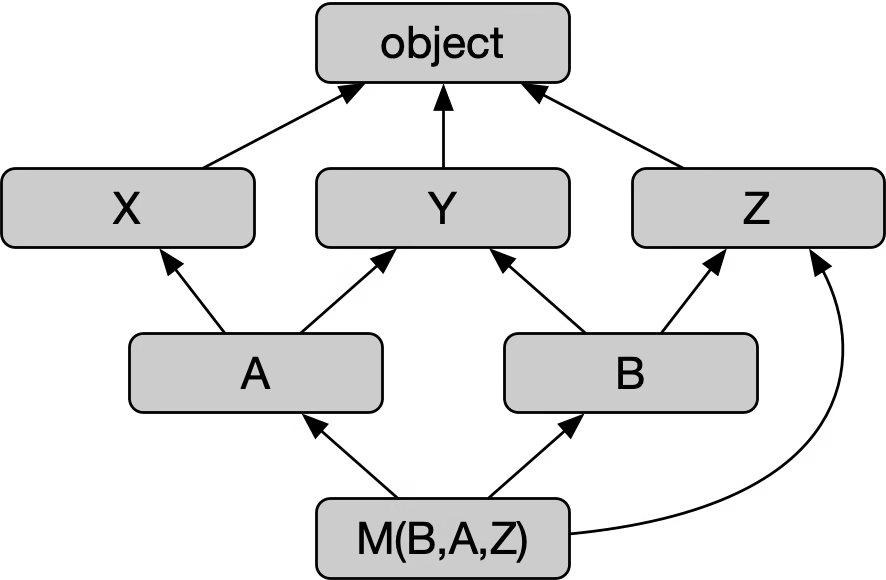Iterators and Iterables in Python
Iterators and iterables are foundational concepts in Python, forming the basis of its looping mechanisms. They allow you to traverse collections like lists, tuples, dictionaries, and custom objects. Let’s explore them in detail. What is an Iterable? An iterable is any Python object that can be iterated over (i.e., you can go through its elements … Read more








